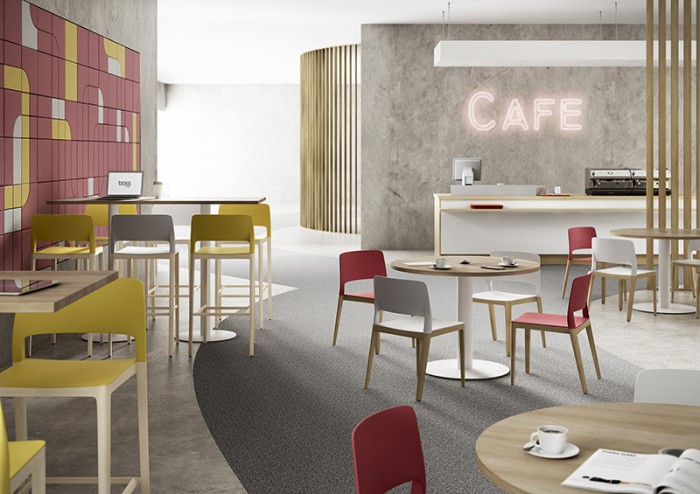It’s all about ‘Habitats’
As we accelerate towards healthier and more flexible workplace environments where workers can fulfill all their daily tasks, Andy Tatton, Sales Director at Boss Design, explains why ‘Habitats’ are key to successful workplace design.
Traditional closed office layouts are being replaced by open plan, informal and flexible layouts that are conducive to the wellbeing of all employees – layouts that create comfort, happiness and productivity. Lounges, work cafés, breakout areas, and even quiet spaces, are now seen as being an essential part of the workplace and its culture. At Boss Design, we call these spaces ‘Habitats’ – a series of settings that support all the different types of activity-based working. When looking to create optimal workspace solutions, we have identified six Habitats that need to be carefully considered.
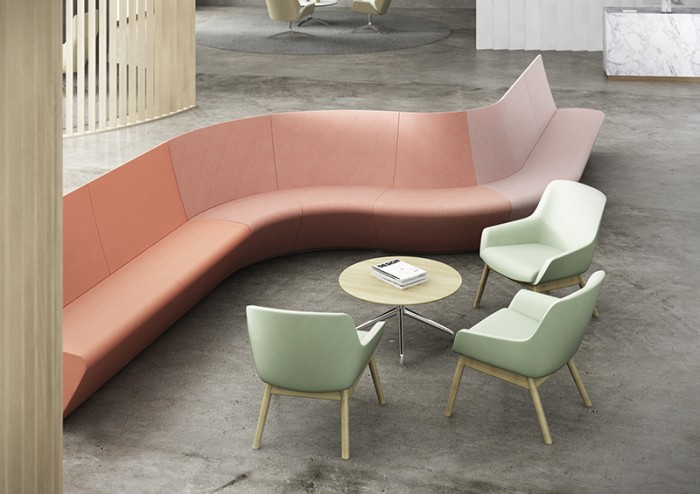
Welcome:
The foyer or reception area is the place where visitors discover what defines an organisation and what makes the culture unique. When planned correctly, this space is no longer confined to receiving visitors; instead it can perform as a business lounge and meeting area. By introducing a range of furniture options, the Welcome area can be exploited to maximise efficiency whilst ensuring that visitors’ waiting time is both comfortable and productive.
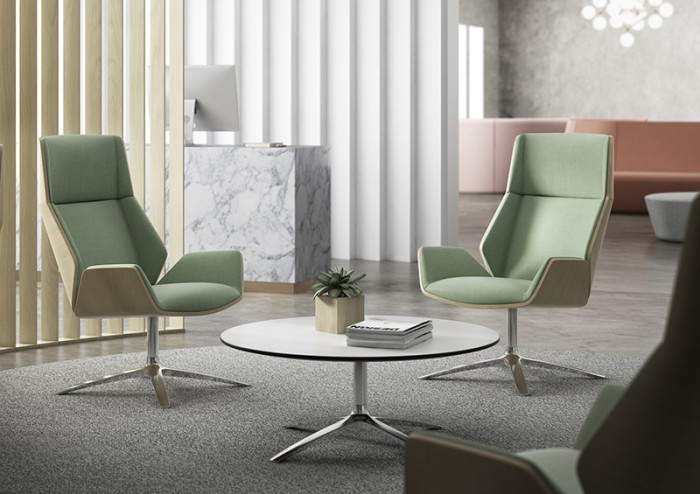
Home:
Well-planned home spaces should help people improve individual work processes, speed up the development of ideas, improve learning, and gain access to information quickly. Although many people still require a dedicated workstation due to the nature of their work, we are spending less time at our desks. Hence, this Habitat needs to accommodate hot desks, benching, and touchdown facilities complete with all the tools and technology for us to perform our jobs. As focus work is still a crucial activity too, nearby enclaves or enclosed spaces should also be considered.
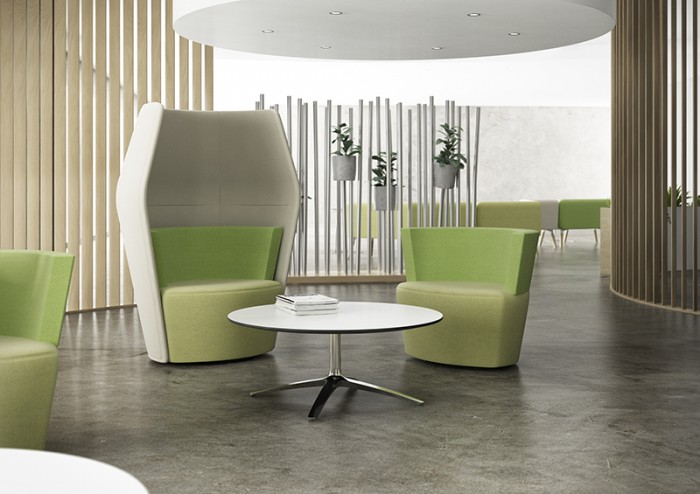
Flow:
These spaces are the primary paths through the workplace that provide plenty of opportunities for planned and unplanned encounters. When planned strategically, they provide a venue for spontaneous interactions that can lead to innovation and creativity – be that in the stairwell, over the water cooler, or the reprographics section. Standing height tables and bar stools serve to encourage such exchanges, and visual displays can support impromptu discussion and idea sharing.
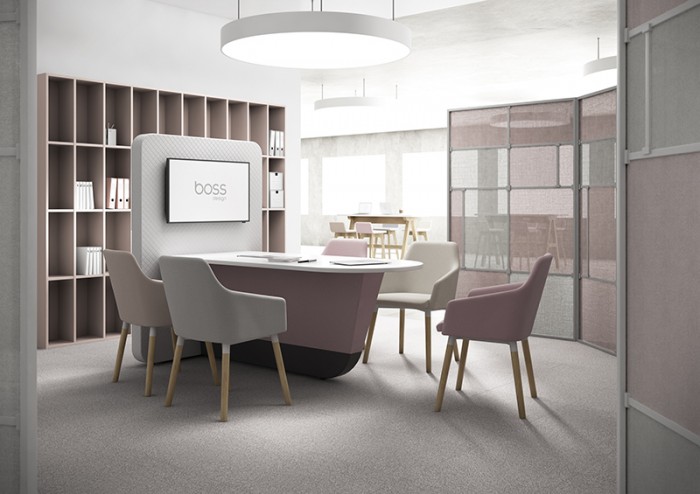
Collaborate:
Today, it’s normal for people to be away from their desks holding meetings formally or informally, on or off campus, so ideally, Collaborate Habitats should be located adjacent to the Home Habitat to assist in the speed of the development of ideas and flow of knowledge. When planning this Habitat, it’s important to consider both acoustic and visual privacy, as well as plug and play technology. Breakout spaces equipped with comfortable seating can provide relief from hours in a desk chair and can be great areas to collaborate too.
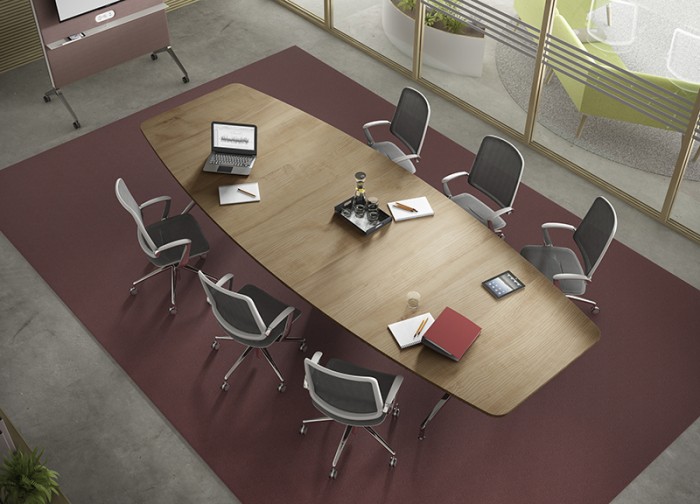
Formal Meet:
Formal meeting environments to accommodate board meetings, seminars, client presentations, or informal networking events may still be required. These Habitats also serve to convey the company image, learning and developing new ideas, and ultimately expediting effective decision making. They should be both dynamic, and flexible; supporting different postures and ensuring technology is accessible.
Work Café:
Cafés and coffee bars where employees from every department can intermingle are breeding grounds for fresh ideas. This Habitat should be able to meet the demands of working, socialising and refueling throughout the entire working day – not just at breakfast and lunch. The space should be a compelling way to generate energy and provide a variety of furniture such as soft seating and booths to support collaboration, not just tables and chairs.
By successfully creating a series of Habitats in the workplace, employees will be more comfortable and will see it as a place where they can be at the top of their game. Furnishing these spaces with flexible and ergonomic furniture will then further aid the employees’ wellbeing and productivity.
See more from Boss Design by visiting their profile on the Design Insider Directory profile





